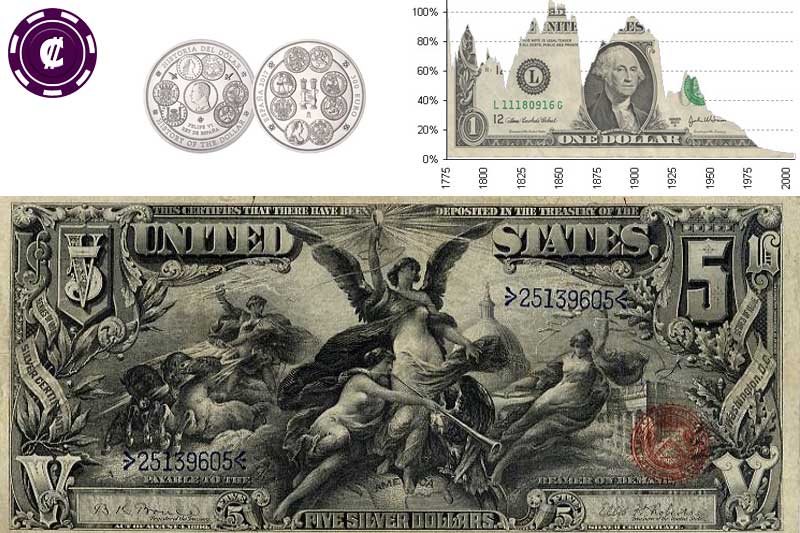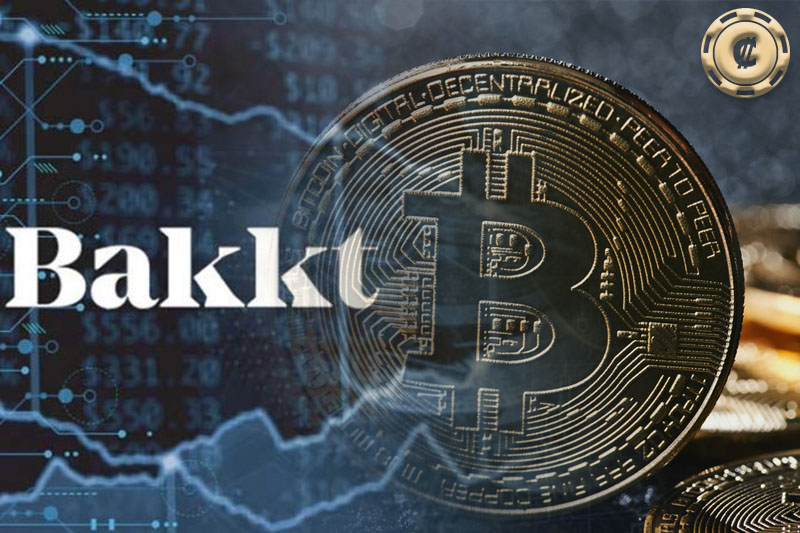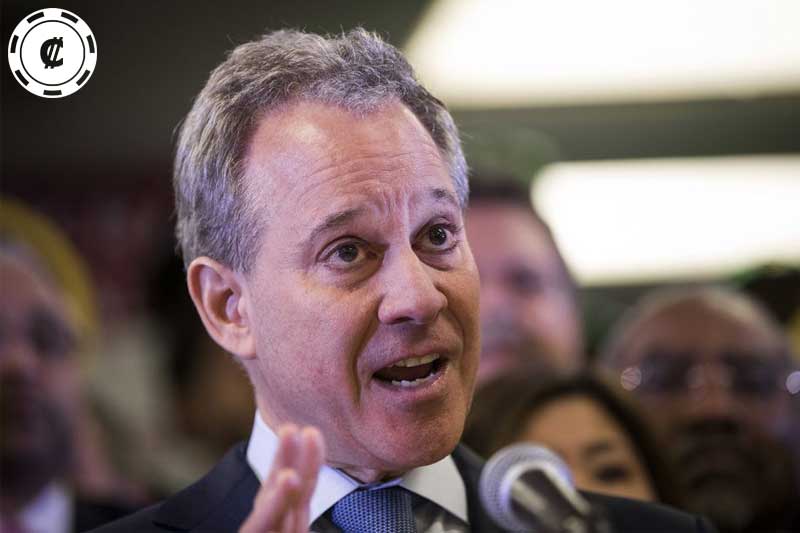The History of the Dollar
From Thalers to Dollars
The history of the dollar is a story involving many countries in different continents. The word dollar is much older than the American unit of currency. It is an Anglicised form of “thaler”, (pronounced taler, with a long “a”), the name given to coins first minted in 1519 from locally mined silver in Joachimsthal in Bohemia. (Today the town of Joachimsthal lies within the borders of the Czech republic and its Czech name is Jáchymov). Thaler is a shortened form of the term by which the coin was originally known – Joachimsthaler.
Later on, the English version of the name (dollar) was also applied to similar coins, not only ones minted in central Europe but also the Spanish peso and the Portuguese eight-real piece. Both these large silver coins were practically identical in weight and fineness. Today we are familiar with the phrase pieces of eight from tales of pirates in the Caribbean.
Those coins, particularly the Spanish peso or dollar circulated widely in Britain’s North American colonies because of a shortage of official British coins. That is why, after the United States gained its independence the new nation chose “dollar” as the name of its currency instead of keeping the pound.
1500s: The “dollar” originates in Bohemia as a one-ounce silver coin known as the “Joachimsthaler.” The uniformity and fineness of these so-called “Thalers” earns them such popularity that similar coins are minted across Europe. The general term for large silver coins becomes “thalers,” which later transliterates into “dollars.”
1700s: The most widely circulated coin in Colonial America is the Spanish “Piece of Eight” or “Spanish Milled Dollar.” By the War of Independence, it is adopted as the de facto monetary unit of the American people.
1775-1779: The Continental Congress emits bills of credit ostensibly redeemable in Spanish Milled Dollars, but far more promises to pay are issued than can be honored. The bills rapidly depreciate and become worthless by 1781. Hence the phrase, “Not worth a Continental.”
1792: The U.S. “dollar” is officially created by the Coinage Act of 1792 and defined as a fixed weight of silver equal to that of a current Spanish Milled Dollar: 371.25 Troy grains. The Act also creates a fixed legal exchange ratio between silver and gold of 15 to 1 by defining 24.75 grains of pure gold (the market equivalent of one Spanish Milled Dollar) as being equivalent to one dollar.
1793-1833: Inevitably, the actual market exchange ratio deviates from the mandated legal exchange ratio, reaching 15.75 to 1 by 1805 and bringing Gresham’s Law into operation: artificially overvalued silver is used domestically while artificially undervalued gold is driven out of circulation.
1834: In an attempt to compensate for the effects of Gresham’s Law, the dollar is officially redefined in terms of gold to a devalued weight of 23.2 grains, creating a new fixed legal exchange ratio of 16 to 1.
1835-1899: Various legislative attempts are made to preserve the bimetallic standard, but none are successful: the fixed legal exchange ratio inevitably comes to odds with changing market ratios, driving the artificially undervalued money out of circulation.
1900: The bimetallic standard is abandoned and the dollar is redefined solely in terms of gold at a debased weight of 23.22 grains (1 Troy ounce of gold = $20.67).
1913: The Federal Reserve System is established and granted the monopoly privilege of issuing paper promissory notes payable in dollars on demand as obligations of the U.S. government.
1914-1932: All notes issued by the Federal Reserve System are “redeemable in gold” or “lawful money” and carry the obligation “will pay to the bearer on demand X dollar(s).” Anyone can redeem paper Federal Reserve Notes (FRNs) for physical gold ($1 = 23.22 grains of gold) “at the Treasury Department of the United States” or “at any Federal Reserve Bank.”
1933: The U.S. government confiscates all gold coin, gold bullion, and gold certificates owned by the American people, declares that its commitment to redeem FRNs “in gold or a particular kind of coin or currency” is now “against public policy,” and says that it will pay its debts “in any coin or currency which at the time of payment is legal tender.” For foreigners, FRNs remain convertible into gold, but at a devalued weight of 13.71 grains (1 Troy ounce of gold = $35).
1934: For the first time, FRNs display the clause “this note is legal tender for all debts, public and private” and no longer include the obligation clause “redeemable in gold.” The clauses “redeemable in lawful money” and “will pay to the bearer on demand X dollar(s)” remain, but “lawful money” includes only coins and paper notes issued by the U.S. government.
1963: The clauses “redeemable in lawful money” and “will pay to the bearer on demand X dollar(s)” are removed from all FRNs. The sole remaining clause is “this note is legal tender for all debts, public and private.”
1964-1970: The U.S. government declares that it will no longer honor its pledge to redeem Silver Certificates in silver coin or bullion, and silver is removed from all coins in circulation.
1971: The U.S. government declares that it will no longer redeem any FRNs for gold. In all parts of the world, the dollar is officially a fiat currency: its value is derived solely from a decree that it must be accepted as legal tender.
Today: The dollar is nothing more than a tautology: it is the monetary unit of the U.S. government and it equals one hundred cents. According to the U.S. Treasury: “Federal Reserve notes are not redeemable in gold, silver or any other commodity, and receive no backing by anything. This has been the case since 1933. The notes have no value for themselves, but for what they will buy. In another sense, because they are legal tender, Federal Reserve notes are ‘backed’ by all the goods and services in the economy.”




